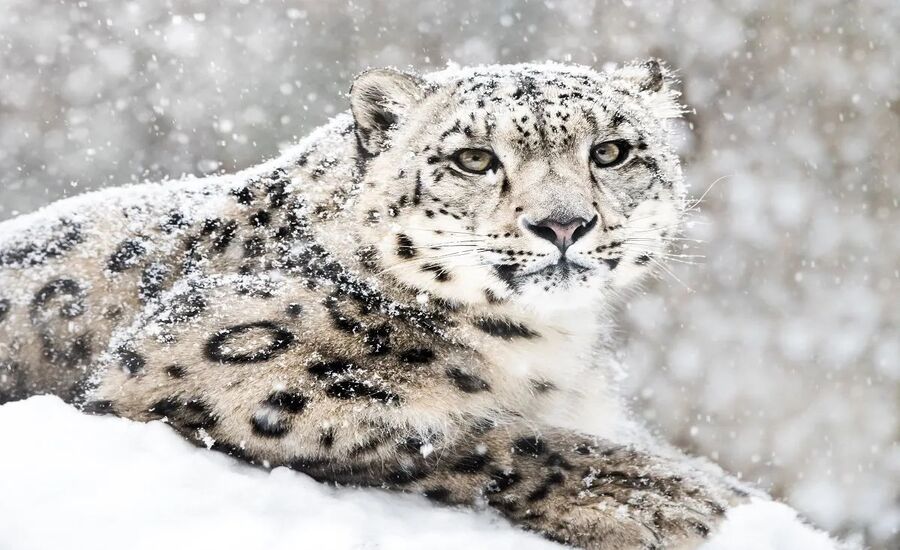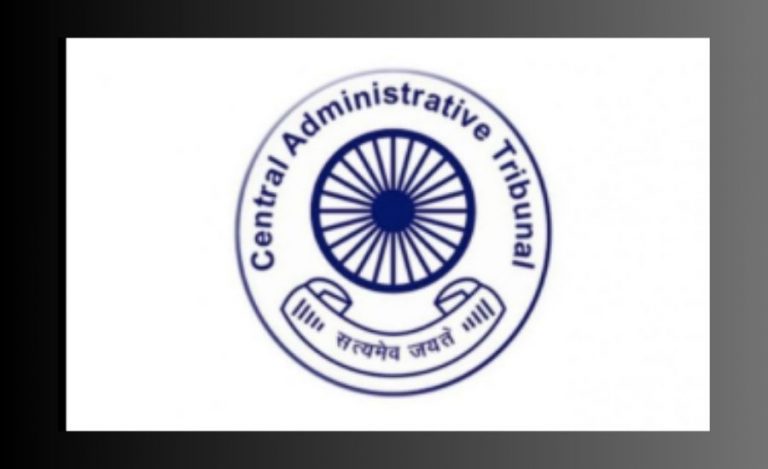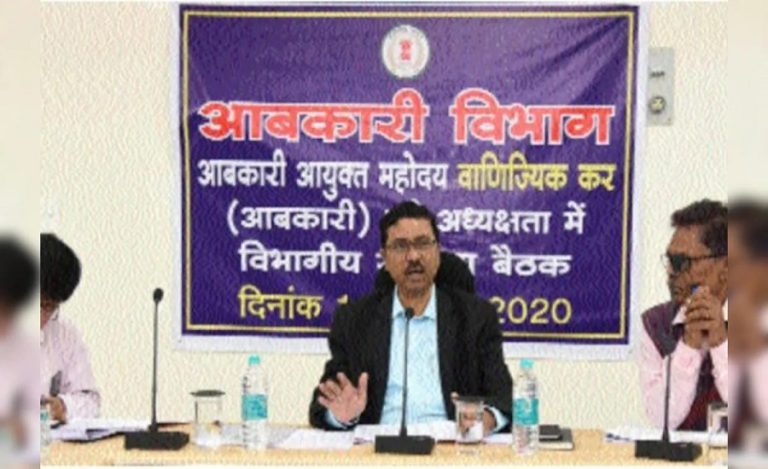New Delhi: The International Snow Leopard Day was observed across India under the aegis of the Ministry of Environment, Forest and Climate Change (MoEFCC). The day commemorates global efforts to protect the elusive snow leopard, a species considered an indicator of high-altitude ecosystem health.
Importance of International Snow Leopard Day with Nationwide 23for23 Campaign
The launch of the nationwide campaign titled 23for23, asking citizens to engage in 23 minutes of physical activity in support of snow leopard conservation; and second, the release of results of India’s first-ever official snow leopard census, which identified 718 individual snow leopards across the Indian Himalayas.
23for23 Campaign: Engaging Citizens for Conservation
The 23for23 initiative invited people from all walks of life—students, offices, institutions, even the Indian Army—to dedicate 23 minutes to physical activity in honour of snow leopard conservation. The number “23” reflects both the date (23 October) and the goal of raising awareness through action.
Union Minister Bhupender Yadav pointed out that this creative push is part of India’s broader commitment under the Global Snow Leopard & Ecosystem Protection Programme (GSLEP), and aligns with the country’s science-driven conservation efforts.
The campaign serves multiple purposes:
- It raises public awareness of the snow leopard, a little-seen Himalayan predator.
- It promotes community engagement and shared responsibility for fragile high-altitude habitats.
- It affords an avenue to link wellness and environment, encouraging people to move while thinking of nature.
- It reinforces India’s positioning as a conservation leader in the snow-leopard domain.
Census Results: 718 Snow Leopards Identified in India
In perhaps the most significant development, the Minister announced that India’s first-ever snow-leopard census recorded 718 individual snow leopards across the Himalayan range.
Key highlights:
- Among them, the region of Ladakh alone accounts for 477 snow leopards, emphasising its critical role as a stronghold for the species.
- The census is science-based; it follows rigorous monitoring protocols, habitat assessments and community collaboration under GSLEP guidelines.
- This data affirms India’s successful multi-stakeholder conservation policy: government agencies, local communities, defence forces and research institutions.
The 718 figure offers a benchmark against which future monitoring and management efforts can be gauged. It sends a clear signal that preservation efforts are yielding measurable outcomes.
Why This Matters: Conservation + Ecosystem Health
Snow leopards are often referred to as “ghosts of the mountains”—elusive, wide-ranging, and extremely sensitive to changes in habitat, climate and prey availability. By investing in their survival, India is protecting entire high-altitude ecosystems that sustain water, biodiversity and local livelihoods.
Under the GSLEP umbrella, member countries including India commit to securing key snow-leopard landscapes, promoting scientific monitoring, and engaging communities in sustainable development. The census and awareness drive highlight India’s alignment with these global objectives.
A healthy snow-leopard population indicates stable prey species and intact habitats, which in turn support ecosystem services like water regulation, soil retention and tourism.
Strengthened community participation means local empowerment, enabling villagers to become guardians of their environment.
The campaign-cum-census model offers a template for other species and landscapes to follow—a blend of science, policy and citizens.
What’s Next: Monitoring, Habitat Protection & Local Community Action
With the data in hand, the MoEFCC and its partners now face critical follow-up tasks:
1. Maintain and expand the census cycle—regular assessments will track trends and detect threats early.
2. Protect and restore snow-leopard habitats—particularly corridors, prey ranges and mountain ecosystems vulnerable to climate change and human-wildlife conflict.
3. Involve local communities fully—education, livelihood alternatives, and recognition can deepen conservation outcomes.
4. Harness awareness campaigns like #23for23 into year-round actions—schools, corporates and civic bodies can adopt mountain-ecosystem themes.
5. Leverage this success to raise India’s profile in international wildlife diplomacy and funding, especially under GSLEP frameworks.



























